Mickey Huff: Welcome to the Project Censored Show on Pacifica Radio. I’m your host, Mickey Huff. Today on the program, we are featuring the Progressive Magazine special summer double issue that’s dedicated to media literacy. This is an information packed edition of the Progressive Magazine. It’s been around since 1909.
Of course, listeners to this program are probably no strangers to the Progressive. The publisher Norman Stockwell was on with me earlier this spring and we’re delighted to bring Norman Stockwell back on the program today He’s going to be a guest with us in this in this program in the first segments. We also are going to be joined by Andy Lee Roth the associate director of Project Censored who also contributed to this issue of the Progressive Magazine and also Mishca Geracoulis. And Mischa was the guest editor of this issue of the Progressive, which is a rarity historically, and I know Norman Stockwell maybe can talk about that.
Mischa is also the curriculum development coordinator with us at Project Censored. And so let’s just jump right in here because there’s so much to talk about around media literacy as it’s relating to an election year. And that’s what everything in this issue of the Progressive does. And I know for the folks that are looking on video, I just want to parade this in front momentarily because there’s a very brilliant cover here.
Absolutely amazing artwork too. And maybe Norman Stockwell can talk to us about that. So let’s just jump right in. This is the June, July 2024 issue of the Progressive Magazine, media literacy issue. Norman Stockwell, you are the publisher of the amazing Progressive Magazine. Let’s just talk about this.
A, you know, how did the collaboration come about? And, you know, let’s just talk about the, the main themes in, in this issue, Norman Stockwell, welcome.
Norman Stockwell: Well, thank you very much, Mickey. It’s great. Great to be here. And, I mean, how did this come about? I’ve known the work of Project Censored for, for decades.
I mean, I worked as, as, many people listening perhaps remember I worked in community radio for, for quite a while and, so came to know the work of Project Censored. We would feature, your, most censored news, reporting for years. And so it, it made a lot of sense when, when we were deciding to do something on this topic to invite Project Censored in.
And then, I came to know Mischa, I guess it was sometime, sometime last year, and when I heard that she had gone over to be working with, Project Censored on outreach stuff, I immediately got ahold of her and said, would you like to guest edit this issue of the Progressive? The Progressive has been around, as you mentioned, since 1909. So we’re in our 115th year, but we have not done that many special issues with guest editors. I will notably mention a couple of them. In 1954, we did a special issue that was basically taking apart Joe McCarthy. It came out at the same time as the Edward R. Murrow television program on McCarthy, and it was a very influential, distributed all around the country, bringing important issues to people in 1962.
We did a special issue on the 100th anniversary of the Emancipation Proclamation, and that featured amazing writers, including James Baldwin’s first ever printing of the “Letter to My Nephew,” which later became a part of The Fire Next Time. In 1970 for, the launch of Earth Day, we brought together a special crew and Dennis Hayes, was, took the lead on that and put together an amazing issue about the environment when nobody was really talking about that, you know, and now, here in, 2024 when media literacy is, I think, without a doubt, the key issue that that we need to be talking about in this lead up to the November 2024 presidential election, both in terms of things that are talked about in here, like AI, the role of artificial intelligence, fake news as we understand it, not as some people talk about it on the airwaves and just, you know, really taking a look at how we get our information and how we trust our information.
And that’s really what I think goes into this, this issue of the magazine. So it was amazing to be able to bring together so many skilled and talented writers from the world of Project Censored and from many other aspects of our alternative media universe to critique these issues to elucidate these issues and to present them in a way that they’re both easily digestible and, act, act-on-able, whatever, whatever the word for that is actionable,
Mickey Huff: actionable.
Yes. I see Fighting Bob in the background with his hand, the hand up in the air. It’s definitely, that’s right.
Norman Stockwell: That’s right. Our, our founder Fighting Bob La Follette who, who, who graces the pages of the Progressive and also the shelves and bookcases around the office here.
Mickey Huff: Well, Norman Stockwell, that it’s, again, it’s an amazing issue.
It’s an honor to collaborate with you, you know, just to give listeners sort of a teaser. You know, there’s pieces in here on on social media, sort of the battle between the digital sphere, the cable sphere, the attacks on social media and the differentiation that’s being made in Congress. We can talk about that a little maybe later in the program.
There’s a piece on dark money uncovered by Steve Macek, who also works with us at Project Censored. There’s a great piece by Kate Horgan, Reagan Haynie, and Shealeigh Voitl, “Navigating Digital Democracy.” All great. We’re gonna have those folks on for another show. Even a stellar piece on media literacy is a state issue about mandating media literacy education.
I mean, and look, that’s just getting started. I’m gonna, let’s turn it over to you, Mischa Geracoulis. You’re the guest editor here. What do you want? Let’s hear some opening thoughts from you. This is again a stellar issue of this, this historic magazine. Mischa, your thoughts.
Mischa Geracoulis: First and foremost, it was, it’s been a massive honor.
It’s been, it’s been such a great experience on every level. And just so fantastic to be able to bring together, as Norm just said, so many wonderful experts and supporters and to come together on these issues. It’s, it’s such an honor to be part of Project Censored and partnering with the Progressive to do this.
So, you know, we, we talked and we talked as everybody here knows, ultimately deciding on this overarching umbrella, media literacy. And I, I think one thing I’d like to say is the intention for that is multifold. We wanted to present perspectives not typically found in the corporate press. We wanted to present articles, essays, reviews, columns, that present a useful line of inquiry, offering examples of critical media literacy, something I know we’ll talk about later, skills that empower readers, that empower news consumers.
We also wanted to present all of these ideas against the backdrop of this super election year, obviously in the U. S. that means presidential elections, and then against something that we didn’t overtly state, but the backdrop of Reporters Without Borders’ World Press Freedom Assessment, which was released May 3rd, World Press Freedom Day, and found that the U.S. dropped from 45th position down to 55th. So that’s something we might take up later. But we, for this collaborative issue, ultimately, we also hope to perhaps help to renew trust and interest in the news and in voting as a civic duty.
Mickey Huff: Absolutely. I actually, I’m just, just reminded to Mischa that you just did a stellar dispatch for Project Censored on the very issue “Reporters Without Borders Finds Significant “Barriers to Press Freedom” in the United States,” and threats to the integrity of the press jeopardize not only the right to know but all other human rights and democracy too.
And that’s a theme here that comes in this issue of the Progressive and we’ll certainly circle back to this. You can look, you can find that article for free online at projectcensored.org. And I want to come now to the associate director of Project Censored, Dr. Andy Lee Roth. I had the, the, the great pleasure of co authoring a piece with, with Andy, none of the above exposing election year news abuse in this issue of the Progressive.
And Andy Lee Roth, let’s have your opening statements, about this, this special issue of the Progressive, Andy.
Andy Lee Roth: Thanks, Mickey, I would echo what Mischa just said, about what an honor it is to, be, to have, work of mine, ours included in the, this special issue of the Progressive, yeah, the subtitle of the article, that I, co authored is “Exposing Election Year News Abuse,” and news abuse is a form of formal concept, not just a slogan, but a formal concept, developed by Project Censored initiated by Peter Phillips, who coined the term back in about 2002 to try to get a kind of analytic handle on kind of a type of news story that we see frequently in the corporate media or a type of news coverage that we see frequently.
The idea of news abuse is, news abuse is coverage of stories that are important, but the coverage is such that the important points of the story are lost or buried or spun so far that the public won’t make good sense of them. And the analysis in our contribution to the Progressive article is that news abuse is rife in corporate media’s election coverage.
The kind of subhead of the article puts it about as succinctly as I know how, as framed by corporate news media, presidential elections have become as formulaic ss a Hallmark holiday movie, and, I’ll come back and maybe say more in a moment about that idea of framing. But, the, the core idea, I think, of of this particular article in the special issue of the Progressive is that a lot of the election coverage provided by corporate news outlets, don’t doesn’t really serve our interests as voters or as members of our communities and the public at large. And so, but the article is not simply critical. We’re also looking at some meaningful alternatives and some pathways forward that might result in a better informed electorate. So that’s, in a nutshell, none of the above the exposing election year news abuse article.
Mickey Huff: Yeah, indeed. And the none of the above is, again, an interesting sort of concept as we saw through the spring primaries. I mean, what was of the primaries, there were, you know, significant numbers of people in certain states in the democratic primaries voting uncommitted. And we discovered that that was connected to what was happening in Gaza and people’s reticence to support the Biden administration or the Biden reelection campaign.
We can certainly go into some more detail on that, if you’d like, but we, we can, let’s go back to Norm Stockwell momentarily. Norman, can you, you know, do you want to point out maybe a couple of pieces or do you want to riff on a couple of these themes here? Some things that stand out to you, particularly major ideas that came from this issue.
Norman Stockwell: Yeah. And before that, I want to say that the material that we’re talking about on the show today, people can see these articles at our website, progressive. org. Just click on the magazine tab. And, they’re, they’re free to read up there. So we, what we do is we get the print magazine out to our print subscribers, and then after that, we start to trickle the content out on the website.
So each day a new article appears. So, Mickey and Andy, your piece just went up. I think on Friday, maybe of last week, and, or maybe it was Monday. I forget it now, but, that’s one of the many pieces. There’s, The piece that you mentioned earlier about, the states that are initiating media literacy laws around the country.
Sharon Johnson, the longtime writer, has put together a list of what’s going on at the state level and places where State governments are saying we need to mandate media literacy in the educational system. There’s also a piece by John Nichols looking at the, the use of artificial intelligence to create these deep fakes, these imitation, political candidate recordings, robocalls and videos and so on. You know, another thing that we do in every issue of the magazine is we have book reviews. There are three very fine book reviews all touching on these issues. As well as a book excerpt, which, which you mentioned, I think, which is Anthony DiMaggio, who’s, who works with Project Censored and, a book on the, the right wing media, and critical race theory, the attack on critical race theory.
So those are all important pieces of this multi faceted issue of the magazine. I guess I’ll mention a couple of the other regular things that we do in every issue. We have a section we call blast from the past and we pull out something from our archives and we put it in the pages of the current magazine and this particular one, we looked at a study that was done in the Progressive.
It was at that time. It was called the Follett’s Weekly. It was a brand new magazine. It was only a few months old, and they did a five part series analyzing every single existing, media outlet in the country at the time. They talk about newspapers, they talk about the news bureaus, the newly formed Associated Press, for instance, and, and they look in this piece at the ways in which corporations were already trying to influence the media back in the, you know, the first decade of the 20th century.
So, that’s the kind of thing that we’ve done here at the magazine for 115 years and continue to do, and so we showcase that in our, in our issues every, every, every other month the Progressive comes out, of course, six times a year, bimonthly. It’s, 72 pages packed with information and resources.
Mickey Huff: That’s right. And you can learn more at progressive. org. And everything in this issue is relating to media literacy. How it pertains to the election. It gives us useful tools, things we can do about what’s happening. It helps us deconstruct and understand sort of the complicated media ecosystems in which we now try to survive.
Really drowning and oftentimes in in, in a sea of information and misinformation and other. And other, other types of assaults on our senses, I guess, for lack of a more general, more specific term. But this is, I think, the critical media literacy education is really an antidote to all of this kind of chaos.
It really helps us stop, slow down, and think critically about what’s happening, what’s being beamed at us. Why do the, why do certain platforms and why do the corporate media? Tell the stories they do. And what about the stories they don’t tell? We’ve certainly on this program been looking a lot in the past months about the way corporate media has been framing things around Gaza, human rights issues and so on.
So, Mischa Geracoulis, wanted to come back to you again, and incorporate you here. I know you do a lot of work on, on human rights and education and so on. Maybe you want to make a few comments, that, that you have about maybe that relate to some of the things in the magazine may also relate to some of your other work about that kind of media framing and, and about the way in which, you know, corporate media framing and, and a lot of the social media posting that goes on is really harmful, for, around human rights issues, not just in the U.S., but around the world, Mischa.
Mischa Geracoulis: Great questions, and I think I’ll start by just sort of following up on what Norm said, Norm mentioned, rather, John Nichols article, Stopping the Deepfake. One thing that he says in the article is that it’s time, if there was ever a time for a watchdog media, it’s now, and I would say watchdog education, and that speaks directly to yet another main point of this issue and, and to your question.
And so, I think just kind of jumping. Jumping off for a moment, you know, thinking about basic, basic media literacy. What is that? It’s a set of skills and competencies needed to interpret media, to use and interpret media, everything from how to use a digital device to, you know, basic fact checking. Well, that’s getting harder and harder with AI.
It’s getting extremely difficult to, to discern what’s fake and what’s, what’s real. Critical media literacy, Mickey, as you were just talking about employees as critical thinking skills and ask deeper questions, it sounds very, or it can sound perhaps very academic, very scholarly critical media literacy.
Well, I think one thing that we, if I may say we succeeded in doing with this issue is making that concept more accessible in a non academic way, meaning each article is addressing certain questions and more generally, those questions are things like you just mentioned, what stories are making the news, what stories are being told, whose stories are being told, who’s given the right to speak, who’s controlling the media narrative.
These articles also offer what I think we could call media literacy intervention. Those in the academic setting would be educational initiatives designed to help reduce the harmful effects of media. In a more civic or public setting for our readership, it’s ultimately helping readers to discern if the story or information that they’re consuming is serving the public welfare.
So, just thinking about a rather unique piece, a unique contribution. Well, they’re all unique. So let me rephrase that. A different article, was, was written by Jim Carrier on nuclear literacy. That he, he discussed how that topic has kind of fallen out of favor and not because it hasn’t gone away. And, and Mickey, you just recently addressed this on air a couple of weeks ago with Peter Kuznick.
We are closer now to midnight than than ever. I’m not sure. Is that a thing? Yes,
Mickey Huff: It’s yes. That’s that’s accurate.
Mischa Geracoulis: Right? So, I mean, his article is extremely timely and brings up brings up the educational piece by talking with students and pointing out students spotlighting students who are realizing, wait, this is something we need to pay attention to.
Mickey Huff: Yeah, I couldn’t agree more. Go ahead. I’m sorry. No, no, I couldn’t agree more with you. And again, how corporate media are able to not only frame each individual story, but how they frame even in, let’s say, it’s the election year in terms of the general election, the 2 corporate backed parties in the corporate media.
They basically determine well, what will we be talking about? Right? And then by definition, what will we not be talking about? Who will we not be hearing from? Right? And of course, a lot of the way in which the, the, the election coverage is framed back to you, Andy Lee Roth, it kind of looks at the candidates.
It doesn’t really look at the issues directly as they relate to the public interest or what the public or the electorate is concerned about. But it rather focuses on, you know, the, the drama of the horse race polls and, you know, which, which candidates ahead and, and, and so the frame is taking it away from the public and away from what the public wants to see in here.
And it focuses on getting people acting like this is some kind of sporting match, you know, make sure you get your bets in on team red and team blue and turn into your, you know, accordingly tune into your media siloed outlets to help bias your bets. And so on. Andy Lee Roth Roth, maybe, maybe you can bring up a point or two that, I know you, you addressed in the article we did for the Progressive Magazine.
Andy Lee Roth: Yeah. Thanks, Mickey. I’ll try to exemplify what Mischa was talking about a moment ago, that critical media literacy is practical and not necessarily, or not at all a kind of ivory tower academic exercise. But let me begin, perhaps at risk of that, to say that when we talk about news frames, we’re talking about the central idea that shapes the storyline of the news story that organizes the information that’s included in the story, right?
And so the way news frames work, and this is coming from a sociology of news perspective, the way news frames work to influence people is by defining help beginning to define how they think about an issue, whether they believe a problem is a problem in the first place, or whether they believe it’s a systemic problem or an individual one.
All these things are accomplished through framing. Which is this very powerful aspect of news. We hear a lot about fact checking when we talk about media literacy and how important it is for young people to learn how to fact check. We don’t hear a lot about framing. And that’s a gap in kind of the critical in kind of media literacy education that project censored addresses.
We talk about how frames can shape people’s beliefs without people necessarily being aware that the frame has had that influence on them. We can talk about, like, news frames as these things that shape news stories, but really what we’re talking about is news framing, which is an activity, and the activity is done by people.
It’s done by news workers. Right, editors, journalists, and the like. So shifting to kind of election coverage, one of the fundamental frames that almost everyone actually knows about if you pay attention to news as a kind of political thing is the idea of horse race coverage of elections. So who’s ahead and by how much is the margin expanding or is the margin of their lead shrinking and a lot of election coverage, especially a lot of corporate election coverage falls under the rubric of, of kind of the horse race frame. The thing about frames is they focus our attention, but they also leave things outside the frame that unless we have an alternative perspective, we’re not alert to what’s outside the frame, what’s been omitted or excluded. And so when we get horse race coverage, that fulfills certain basic news values that journalists and other news workers try to fulfill, right?
So this is news that’s recent, it’s news that’s exciting, etc, etc. But it’s not necessarily news that is substantive. Right. That’s what’s outside the frame when all we get is horse race coverage. And so, as you alluded to Mickey, a moment ago, when the focus is on the candidates and the age or the mental acuity of the candidates, or who’s who did well in this primary, or how many votes is Nikki Haley still getting, even though she withdrew her candidacy when the focus is on the individuals and the frame is a horse race winners and losers frame, substantive policy issues tend to be left at the margins of the frame. And I’ll say more about that in a minute, or they’re excluded from the frame altogether. And so when we talk about whether we have an informed electorate or not, The framing of these stories is so important.
I’ll step back and make one more kind of didactic point about why we should care about news frames as a critical media literacy organization. And it’s because the way stories, not just election stories now, but the way all news stories get framed often serves to deflect criticism from people in power, right?
When you look at a lot of corporate news coverage, there are certain kind of legitimate ways of critiquing people who are powerful, but there are certain sort of issues, they arise from framing that say beyond these limits. no critique of the existing order. It’s taken for granted in the corporate news media that capitalism or markets are the most efficient way to allocate scarce resources.
That’s a news frame that typically goes unnoticed, perhaps even by the people producing the framing, but it fundamentally impacts what we, what’s, what our focus of attention is and how we think about those issues. So when we get election coverage that again and again, promotes Gaza matters because it’s going to make Biden unelectable.
There’s an important issue that’s now been marginalized in the frame because the focus of the frame is, can Biden be reelected? And I don’t mean for a moment to say that whether Biden is reelected or not is a trivial issue. That’s not the point of news abuse analysis. The abuse quality comes from how is the public being led to think about these issues?
And, and there’s something wrong, I think, if all we care about Gaza is for whether it hurts Joe Biden’s chances to be reelected.
Mickey Huff: Absolutely. Norman Stockwell, please.
Norman Stockwell: Yeah, I mean, I think that really touches on something else that I wanted to mention, which is, the the frame, if you will, of this entire conversation about media literacy cannot exclude what’s happening in the world around us.
And in this particular issue, we have, a couple of pieces addressing the situation in Gaza. We have a photo essay that we do in every issue called on the line, which is usually one photographer and a series of images about a topic. But this time we crowdsourced a bunch of photographers to give us images about the campus protests around the country in response to the war in Gaza.
And so we have, I think it’s a half a dozen or so different, photographers that are presenting a single image from different campuses across the country, just to illustrate what’s going on all around the United States in response to this issue, which is not being discussed. For the most part in the mainstream media and certainly not in the horse race coverage of the election.
The other is a very fine interview by Dennis Bernstein of Pacifica Radio with Ramzi Baroud and that also looks at the issue of, you know, what’s going on in, in Gaza right now. So
Mickey Huff: absolutely. Norman Stockwell, let’s go to you, for our last round here in our discussion today. You wanted to talk a little bit about the importance of this election, but also how media are, well, back to Andy was talking about framing earlier, But how so much is just not being covered.
And I know you had a few other things to say. So Norman Stockwell, let’s start with you.
Norman Stockwell: Yeah, well, and, and Mickey, you and Andy and your piece talk about how in these elections, the media is giving us the odds, but not the stakes. And I think that at the Progressive, we’re trying to do just the opposite.
We’re focusing on the stakes in this election. And so for the last couple of issues, and certainly for the, I can promise for the next two issues to come, we are going to be looking exactly at that issue. What are the stakes? What does it mean if one candidate or the other prevails in, in November?
And what is getting lost? What is getting left out of the discussions about that? You know, what, just as one example in the last, I think it was the February issue. I wrote a piece where I talked about some of these infrastructures that are being built by the right to plan for what are they going to do on day one after the inauguration.
And that’s the kind of thing that’s not getting covered in most of the mainstream media. I will, I will note that, several publications have done some coverage on this. The Atlantic did a whole issue on this. There was of course the Time Magazine interview with Donald Trump and there was, the Washington Post has had several features on this, but in general, across the board and looking at the media that most people are consuming in their daily life, which, of course, we will note a lot of that comes from Facebook. In fact, one of these articles gives us the exact percentage of, how many people get all of their news from looking at their Facebook feed, but those larger and more corporate media outlets are not covering the stakes of this election.
And that’s exactly what we try to do in the Progressive.
Mickey Huff: Yeah, absolutely. Andy Lee Roth, let’s go to you. Let’s talk a little bit more about some of the some of the some of the other problems around the election that, of course, came up earlier. One of them was around disinformation. And, of course, there are a few other concepts that came out of the piece that that we wrote, but it’s time you can address any of those issues.
Andy Lee Roth: Yeah, I mean, I think disinformation is something that’s on everyone’s minds. As we think about this election cycle, certainly anyone who’s interested in kind of the intersection of media and politics, disinformation is, is on the menu as it were. But I think, you know, we don’t necessarily, this is one of those topics where if we don’t dig in a little, it’s easy to miss where there are important differences of perspective.
I mean, I think one of the things that critical media literacy does sort of underpinning critical media literacy is as Project Censored and people at the Progressive and other allies of ours talk about it is we’re talking about championing the values of plurality, the importance of multiple points of view.
Which is different than the kind of journalistic to traditional journalistic notion of balance. And we’re also talking about the values of plurality and the values of what you could call critical space. Right. The idea that there are, there are opportunities, there are spaces, literally, to express dissent or to express points of view that differ from the kind of status quo version that’s represented in the corporate news media.
So, if you’re thinking about those issues and thinking about disinformation, I mean, I think it’s important to think of disinformation in an election campaign as part of, you know, how power works more broadly in the society. So this ties back to something Norman was saying a moment ago before the break, right?
These media literacy issues are directly tied to the real world. And if we’re talking about kind of distorted understandings of the electoral process, we’re talking about the intersection of how the corporate media cover the election process and something like how the the debates we have debates upcoming, apparently, are basically controlled by the two parties by a nonprofit that the two parties established.
And if you don’t understand that, and you wonder, how come there are no third party candidates participating in these debates? Well, they’re excluded. Right? And that’s part of this kind of whole ball of wax of how critical media literacy links up issues of power in the broader society to what we can see kind of in a, you can hold it in your hands or read it on your screen kind of way from the media coverage of these events.
So I think this is a really important issue. I think it’s also I know we’re short on time here. There’s no doubt that the social and political impacts of disinformation are real. But another thing that I would say from a critical media literacy perspective is that disinformation isn’t exclusively arising from any one space on the political spectrum, right?
That I would be, you know, although it’s easy to hold up, say, Fox, CNN, as an example, I think some of what passes on MSNBC performs a kind of similar function for a different segment of the American population, probably to the disservice of the nation as a whole. So there’s a lot more to be said about that.
Maybe just for now, I’ll, just leave it at that with this idea that, like, what we need to do is try to cultivate. I think part of of what this whole issue of the Progressive is about is convincing people that these issues matter. And that as much as we’re critical of kind of the establishment press, the corporate news media, there are real viable substantive alternatives to those.
They just don’t have the giant spotlight and big glamorous platform that, that the MSNBCs and the Fox Newses and other, and other outlets do. And so part of it is cultivating and validating the idea And that’s not news to the people, attending to this program, that these independent news sources are valuable and trustworthy and deserving of, of people’s support.
Mickey Huff: Yeah, absolutely. Andy Lee Roth and Mischa Geracoulis that ties right into, you know, the, the independent media. It serves this, it serves the public in such a big way because it fills in all these gaps that are left by, you know, corporate media. And it really goes to another major concept that I know that’s near and dear to you.
And that’s on the public’s right to know, right? And the right, the right to have free flow of information. Of course, you know, at Project Censored, we’re, we’re, you know, part of the Banned Books Week Coalition. We’re part of the National Coalition Against Censorship, we, we, we see censorship as a, as a serious enemy of free thought, and the independent media really help us, as Andy was saying earlier, it’s the independent media that help us become more attuned to the things that are being left out, or if they’re not being left out, independent voices help us understand how they might be disputed.
Right in their corporate coverage and then understand what the real life impacts are on people. But Mischa, I know you want to talk a little bit about the public’s right to know and a couple of other things related to this, this issue, the Progressive Mischa.
Mischa Geracoulis: Yeah, to your point, to Andy’s point, in our mediated reality, the corporate press has the widest reach and public interest comes second to profits.
So the flip is, just as you said, the independent and investigative journalists, the free, the alternative presses who put the public goods first to center citizens concerns, not just during an election year, but every day of the year. And so the right to know, as we understand it, and it’s not just us here on this in this conversation, or, or just our listeners, but I would say even other media watchdog organizations, other First Amendment organizations, human rights organizations. We understand that the right to know, the right to information, underpins all other rights. The right to know is fundamental to a just society, to our civil liberties. To all other human rights into a functioning democracy.
To that end, the independent and investigative journalists and press are indispensable. And I’m so proud that we were able to showcase this. This important topic and so many articles speaking to this issue in this collaborative issue of the Progressive and I’ll just quickly, if I may highlight two other articles, I won’t get into them, but just to say them out loud so that people will tune in to Mike Irvin’s piece on disabilities. He addresses different issues each time and that certainly ties directly into civil liberties and human rights and something that is not covered widely in the corporate press. And then also Sarah Yaffe’s labor reporting, another, another topic that’s not widely talked about.
So, I guess just to wrap up, I am just really thrilled that we could come together to highlight these issues.
Mickey Huff: Yeah, indeed. And you know, when it comes to the right to know, we’re, we’re seeing an onslaught on journalists around, around the world and in the US. That’s a direct attack on the public’s right to know what like literal shooting and bombing of the messengers.
We have record numbers of journalists that have been killed in Gaza. I mean, it’s it’s it’s it’s it’s barely the statistic doesn’t even seem to slow anything down. It’s absolutely riveting that this is going on. Meanwhile, in the United States, we see the same kind of thing. People trying to cover the protests and encampments and so on.
Journalists being openly attacked. Professors being openly attacked, beaten. I’m talking dragged out, Gestapo style, beaten on campus and public campuses and so forth. I mean, this is off the rails. This is all under a democratic administration, one that wanted to curate social media, one that wants to also suppress certain narratives, wants to one ones that want to attack people criticizing what’s happening in Gaza as Putin stooges.
This is mind you, this is under the Democrats. Meanwhile, Trump has promised to be even more brazen in his assaults against the press, right? As if his enemy of the people, you know, invocation of the Lugan press, it wasn’t enough during his first term. Trump is promising an even worse future, in terms of attacks on the right to know and attacks on journalists.
So Norman Stockwell, jump in here.
Norman Stockwell: Yeah, well, I mean, those are certainly issues that we have covered, a number of times. In the ma- in the pages of the magazine and on our website, progressive.org. In our December, January issue, we, had an interview with the Committee to Protect Journalists talking about the number of journalists that had been killed up to that point in the, in the war in Gaza.
And of course it’s increased and, and so many of those are the, the people that are really you know, at the bottom of the barrel, journalistically, you’re not going to see the star of CBS getting attacked by the, by the IDF for reporting in Gaza, but you are going to see those producers and those assistant producers and those reporters on the ground that are being targeted.
And so that’s a very important concept as well. And the one last thing I wanted to make sure to mention, talking about columnists, Mike Irvin, Mischa mentioned has been, he’s been writing for the Progressive since the mid 1980s. And, he writes mostly on disability rights, but, you know, one of the pieces he did for us was an interview with Pete Seeger.
You know, he’s a disability rights columnist, but he covers all aspects of the, of the world that we live in. Similarly, Sarah Jaffe, who does a regular labor column, Dave Zirin reporting on sports from a left perspective, Jim Hightower is in every issue of the Progressive. So these regular commentators on our culture and our community and our world, are featured every single issue of the Progressive.
But in this particular issue, they also turned their lens on media literacy and the important questions of media coverage of both this election and, this modern world.
Mickey Huff: Thanks so much, Norman Stockwell, publisher at the Progressive. I want to turn things over here to Andy Lee Roth here for some final words in the segment here today.
Andy Lee Roth: Yeah, just thinking about critical media literacy in this election year, just really basic points that I think, can be a spur to action for people. There’s no aspect of media that, that isn’t a product of people working together to create certain specific meanings, but by the same token, there’s no aspect of media that we can’t understand better, more that we might be wanting to challenge by working together ourselves, right?
And I think that, that second aspect is on display in the June July issue of the Progressive, which provides a host of tools for people to start doing critical media literacy work themselves. And it’s, this isn’t something like you show up and clock in and spend hours, but you can pick up a tool here or there and begin looking in a new way at the news you’re consuming.
And noticing things that you might not have noticed before. There are a host of tools, you know, on the Project Censored website that also support that kind of critical engagement. And I recommend and encourage people to check out, the, the project censored dot org website for that purpose. And the idea is that that social process of of holding up the news that were presented.
And examining it critically and affirming it where it deserves affirmation and, and calling it out where we see B. S. right? That’s something that is, core to what the Progressive is about, core to what the project censored is about, and it’s something that, there’s a long history of, right? It’s going back all the way to Walter, Walter Lippman, coming out of World War 1, having worked for the Committee on Public Information for the U.S. government, basically creating pro government propaganda during World War 1, but working as a journalist and as a kind of a founding figure in what we know today as media studies, Walter Lippmann saying, the news about the news needs to be told. Right. And that’s especially true when we’re talking about what passes for most people as quote, the news, the corporate establishment version of it.
And we’re the ones and now the, we is not the 4 of us talking here now, but everyone listening, we’re the ones who can tell that story.
Mickey Huff: Yeah, absolutely. I want to thank all of the guests on this segment of the program today. I want to thank Andy Lee Roth, Associate Director of Project Censored, Mischa Geracoulis, who is the guest editor of this issue of the Progressive Magazine Curriculum Development Coordinator Project Censored, and of course, Norman Stockwell, publisher of the Progressive Magazine, the great historic magazine founded in 1909 by Fightin Bob La Follette. This is the June July 2024 issue, all about media literacy. Run to your newsstands, folks, if you still have one. That’s another big issue about media literacy, too, that we’ve discussed, right? Is just the, the, where do people get this information?
Where can they find it? Well, at least online, you can go to the You can go to progressive. org. You can learn more about our media literacy programs at projectcensored.org. Norm, Andy, Mischa, thank you so much for all the great work you’re doing, and thanks for joining us on the Project Censored Show today.
Mischa Geracoulis: Thank you so much.

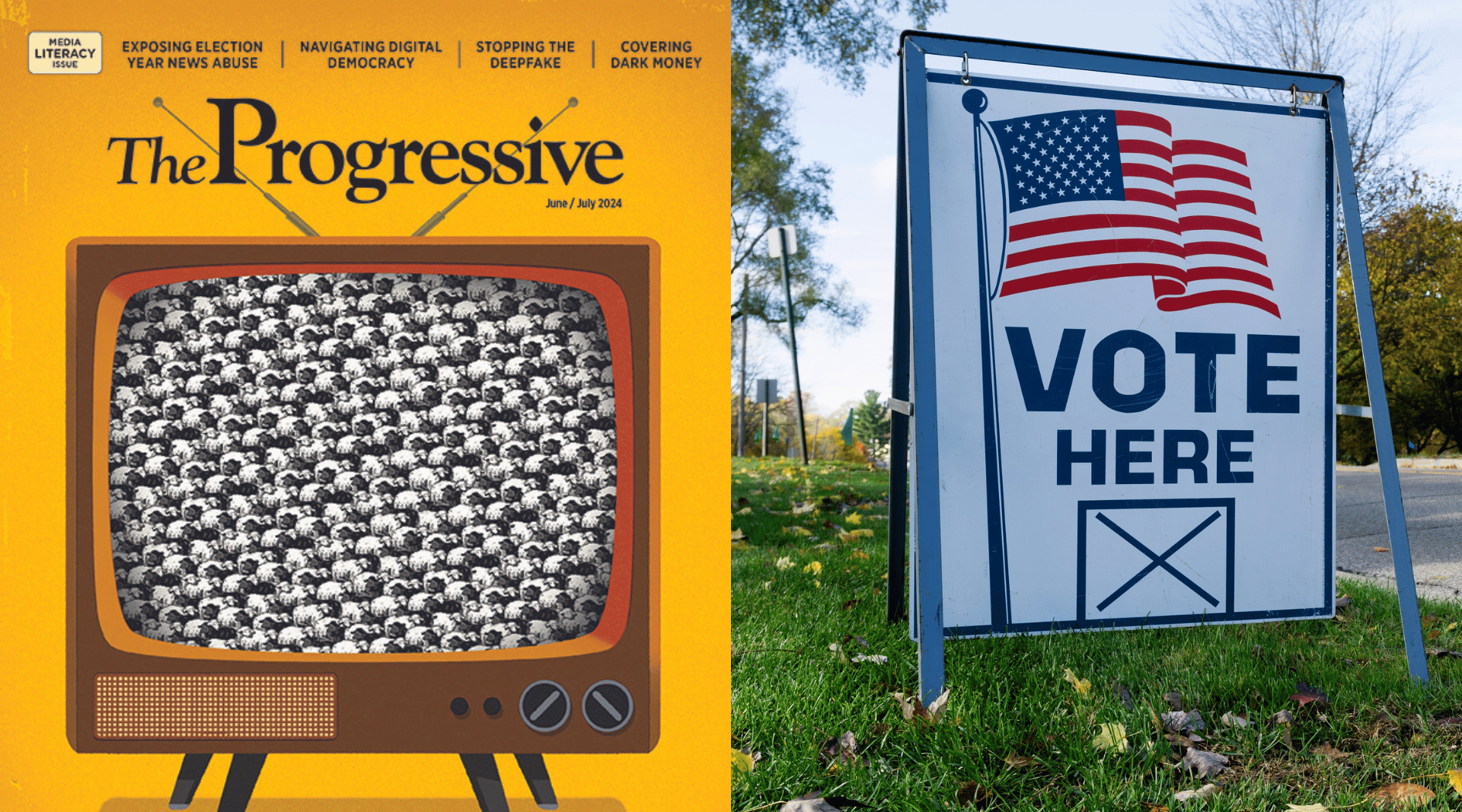
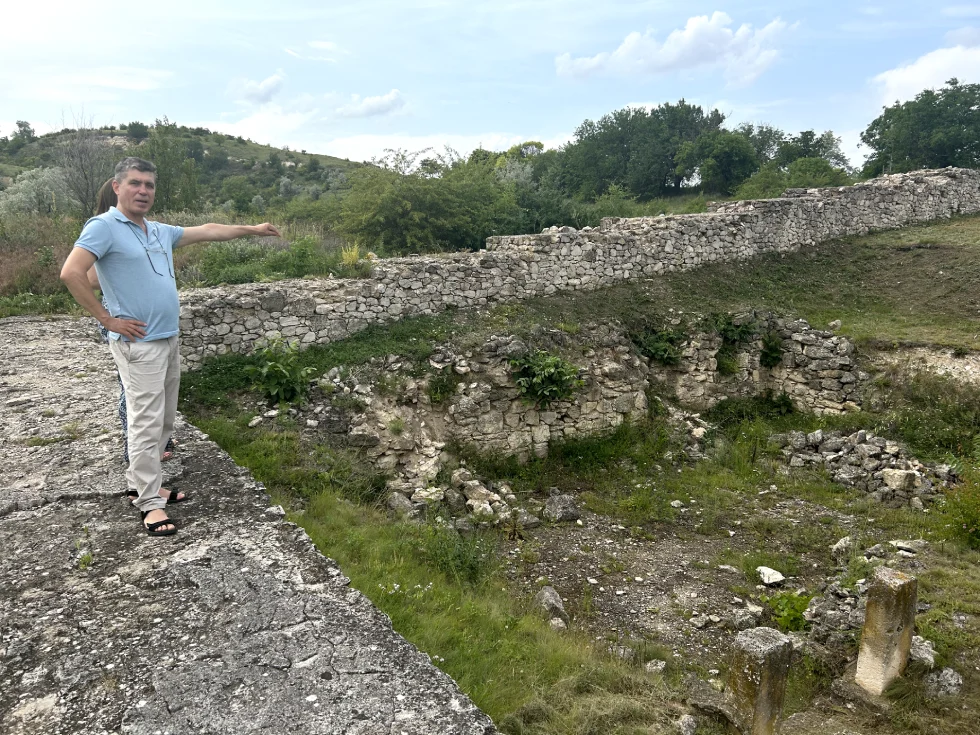

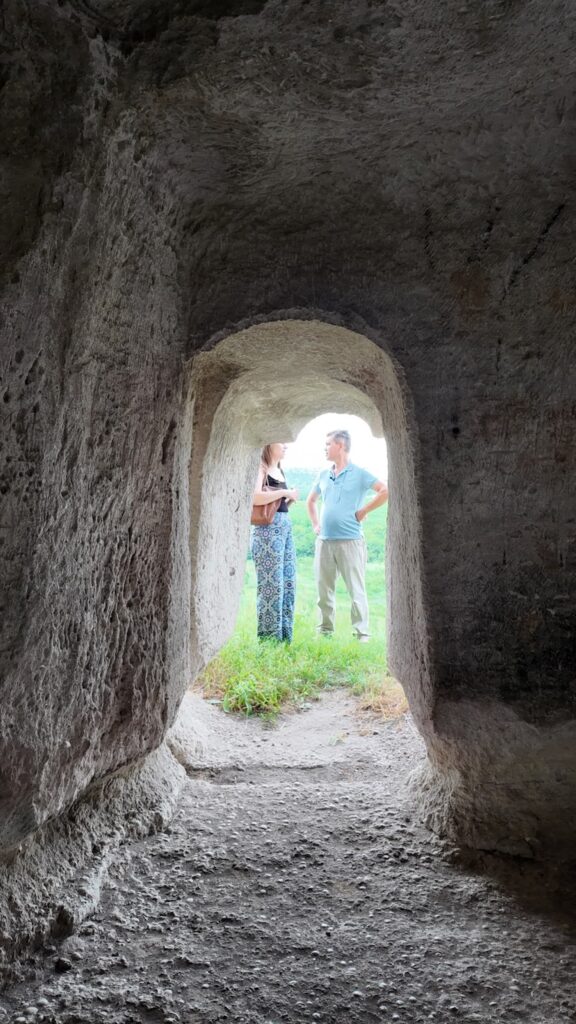




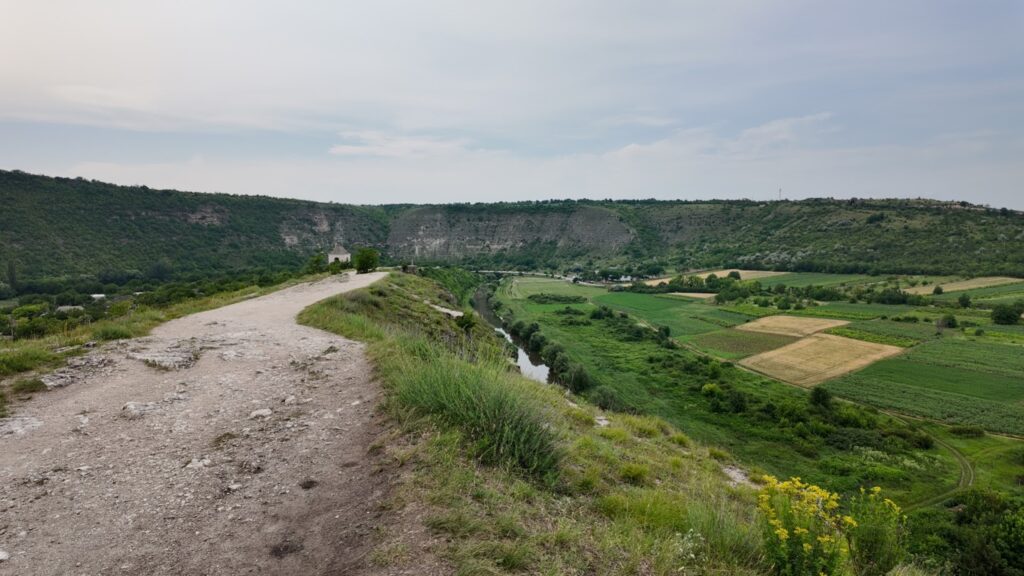
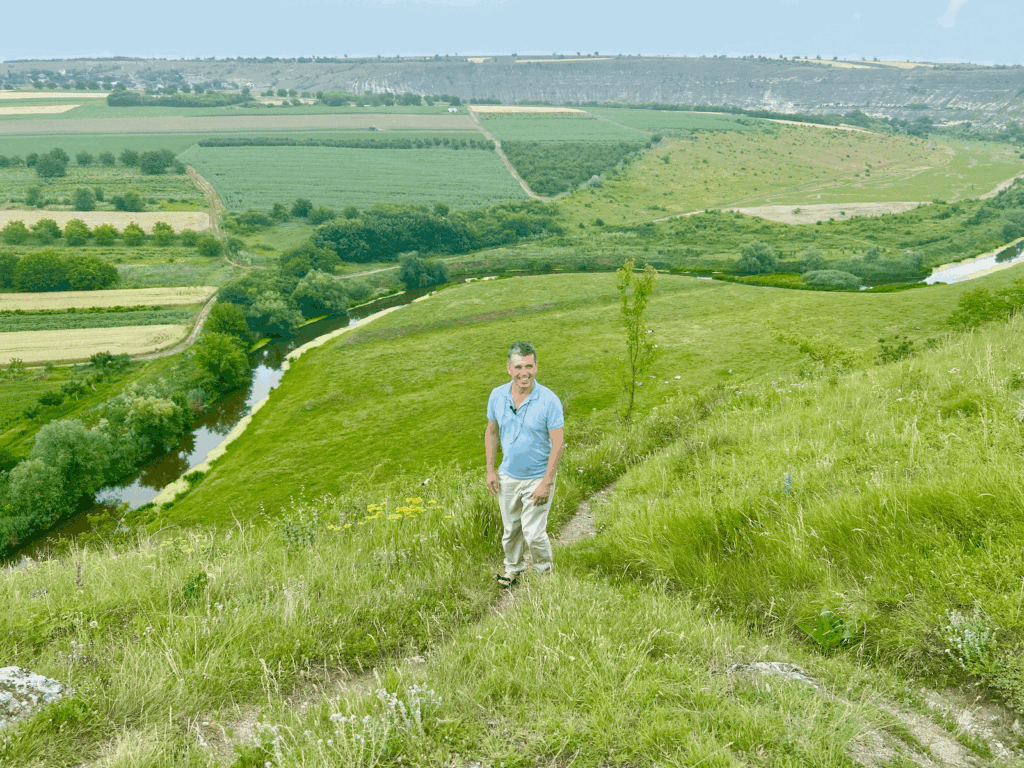

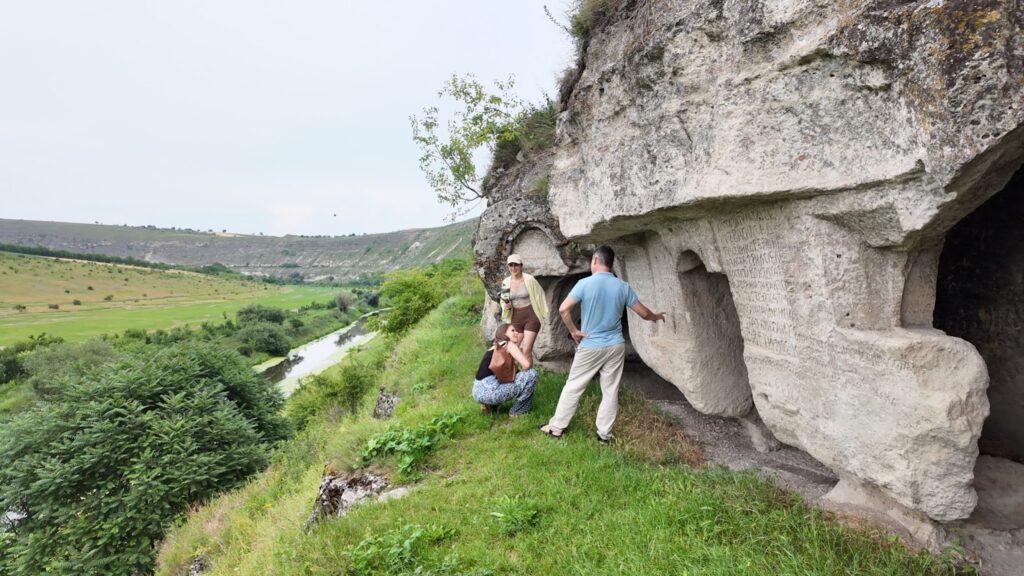

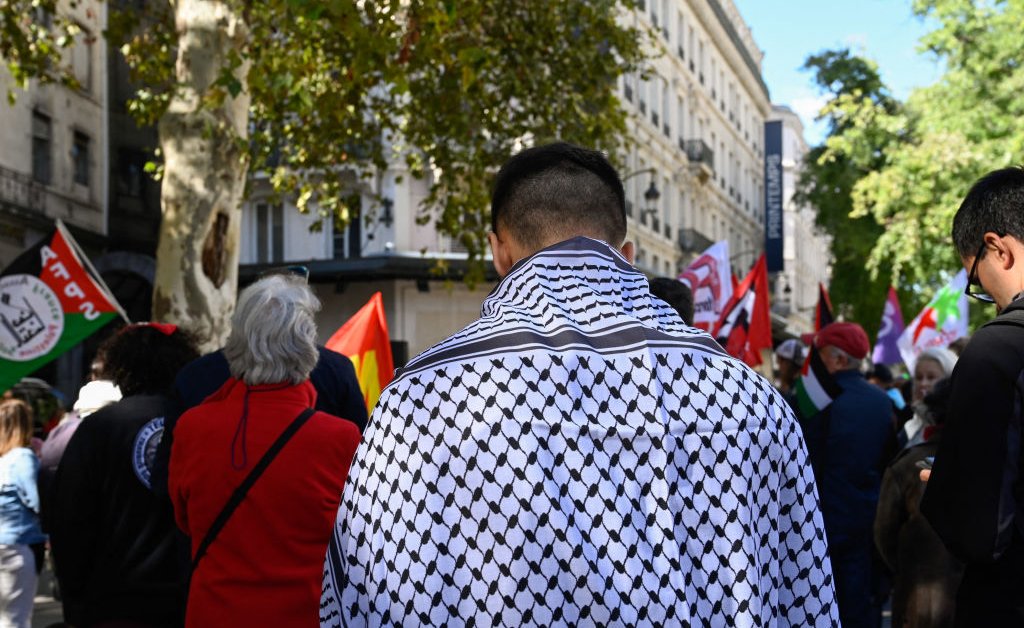
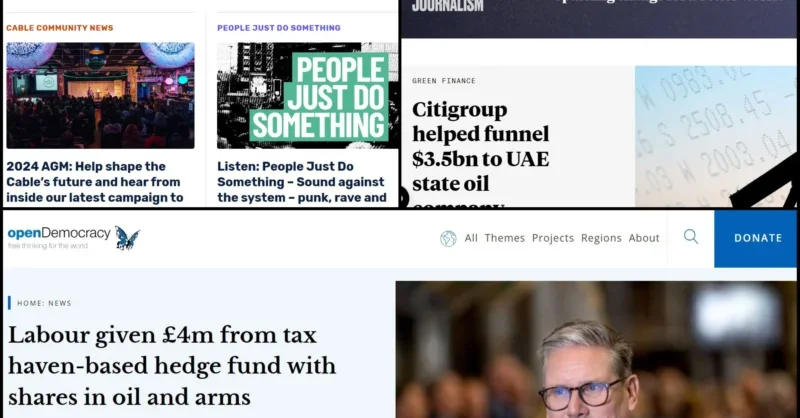
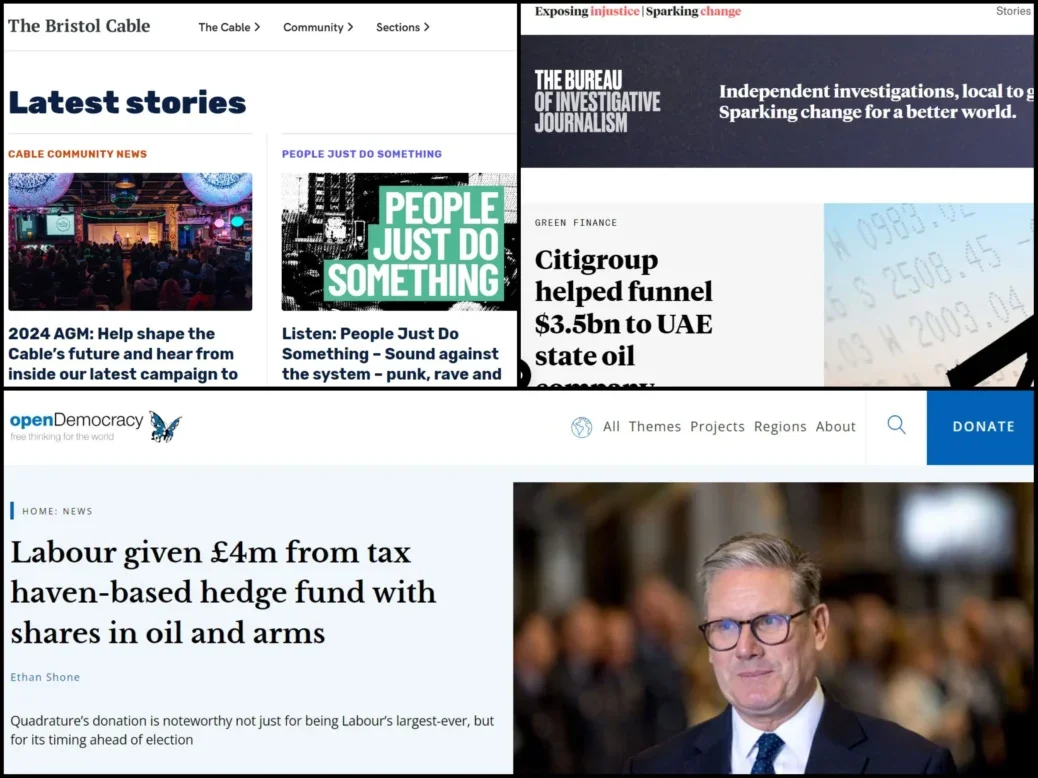































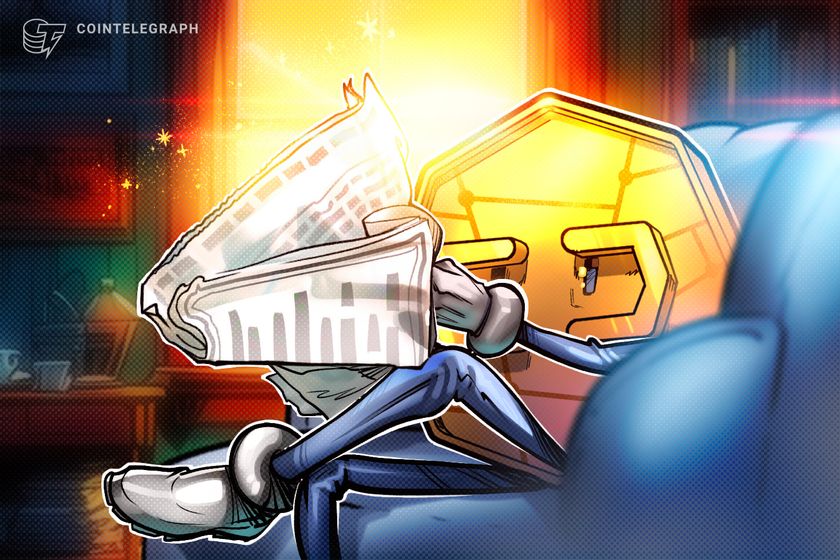

































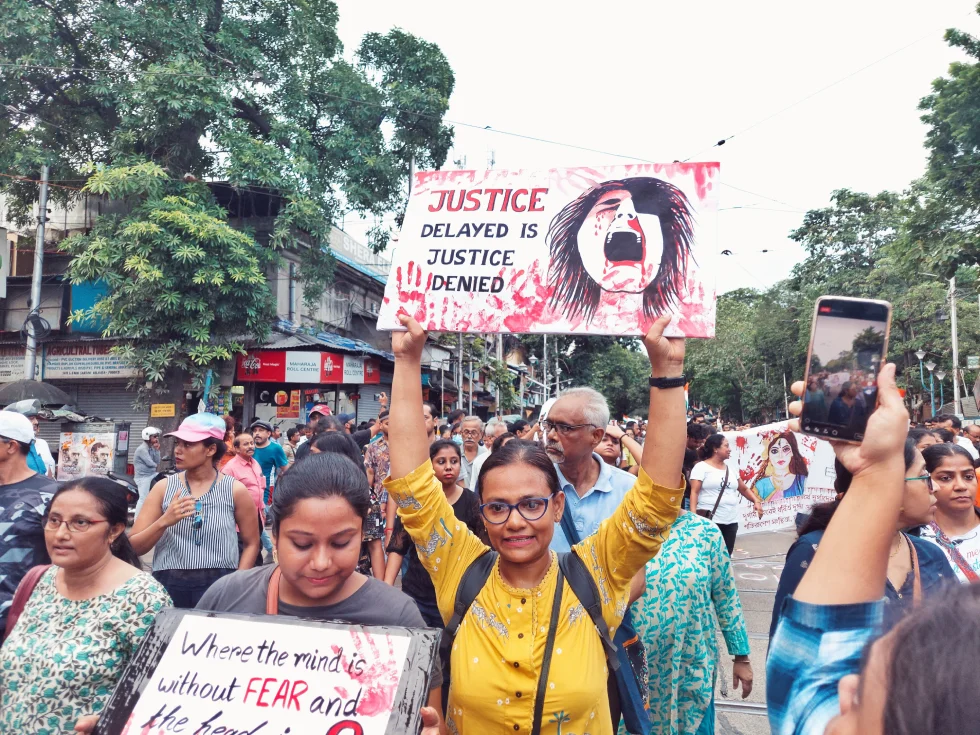

















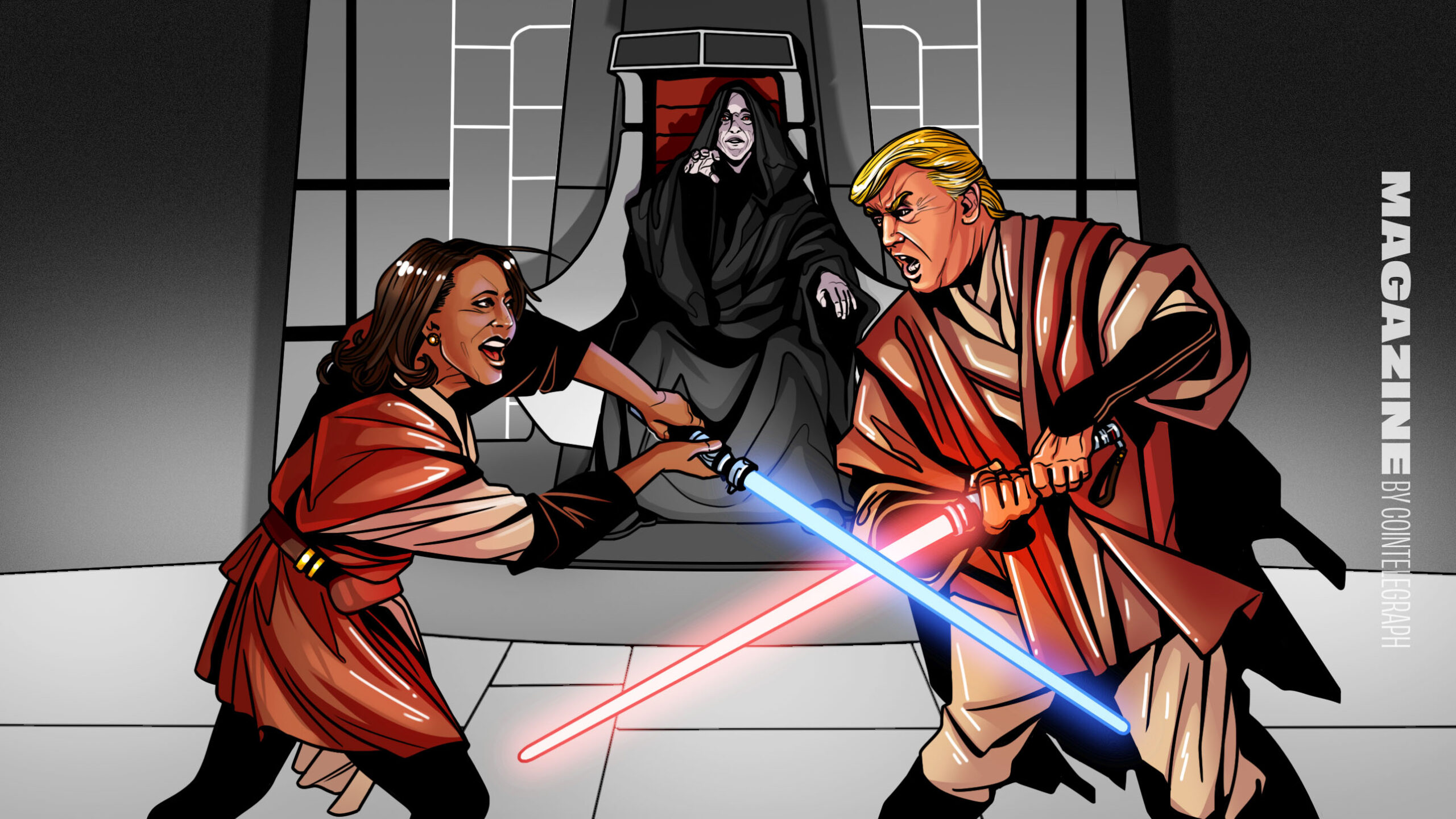


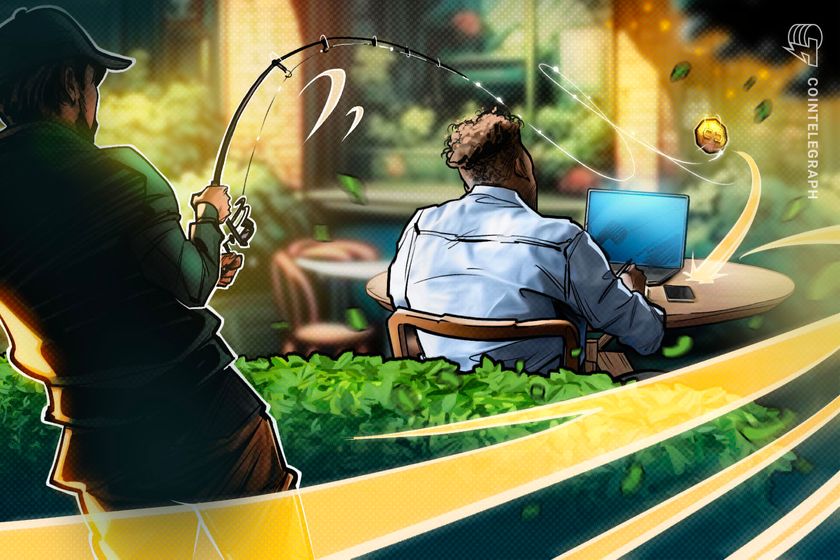










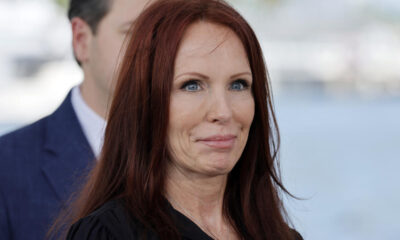









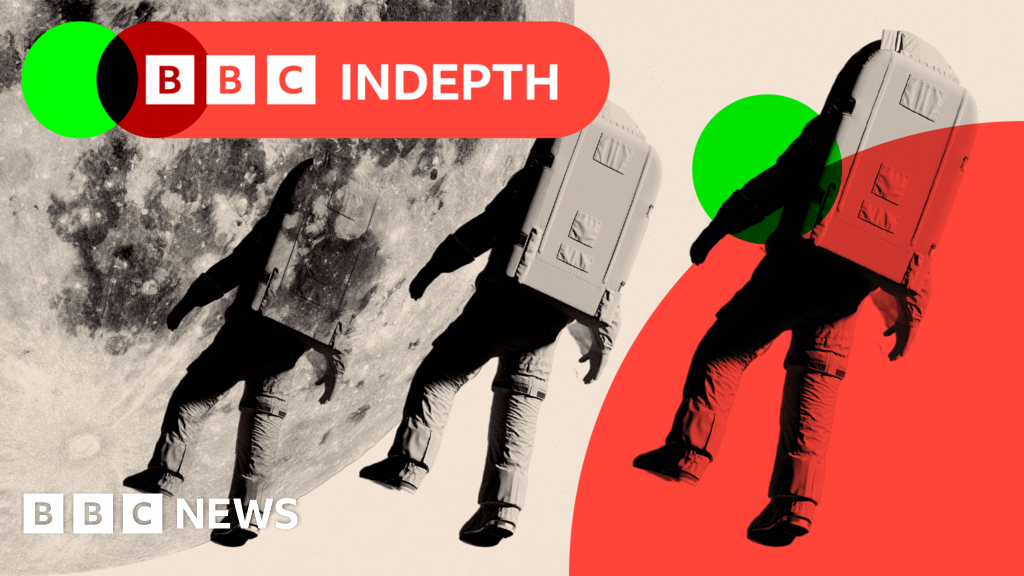






You must be logged in to post a comment Login